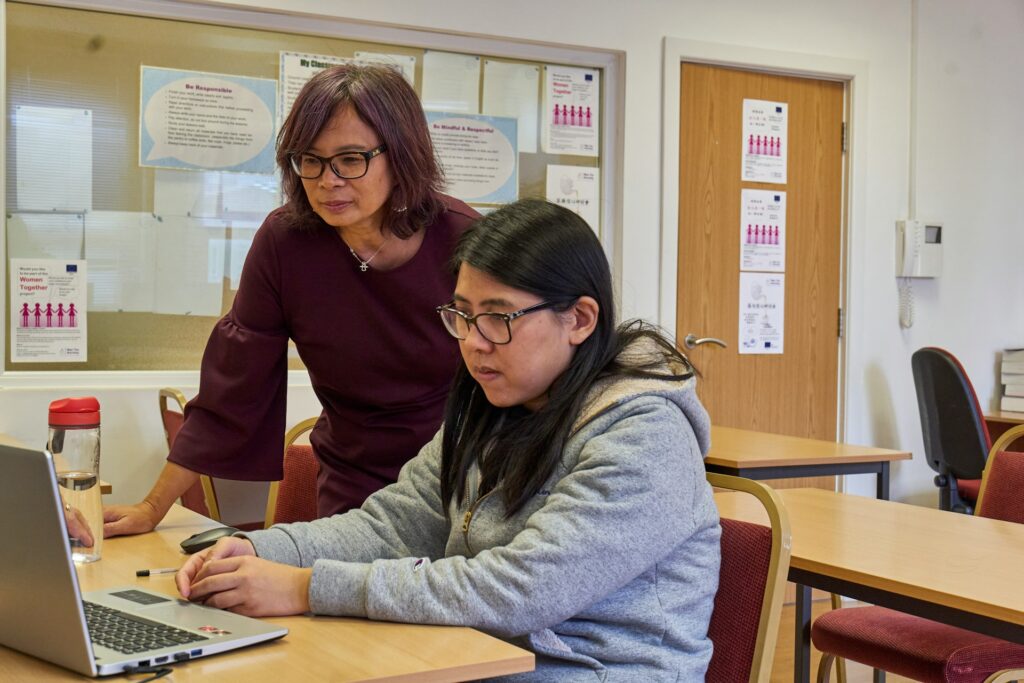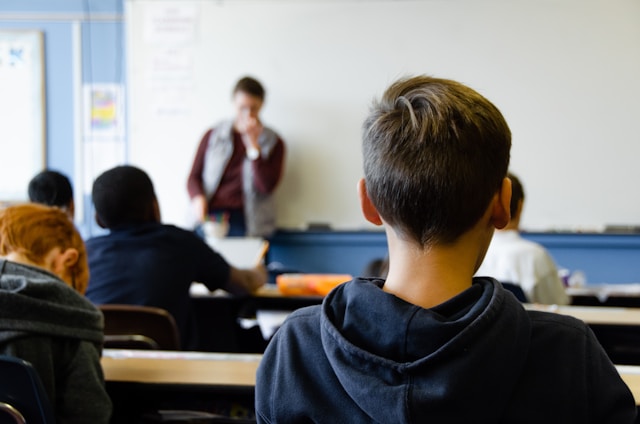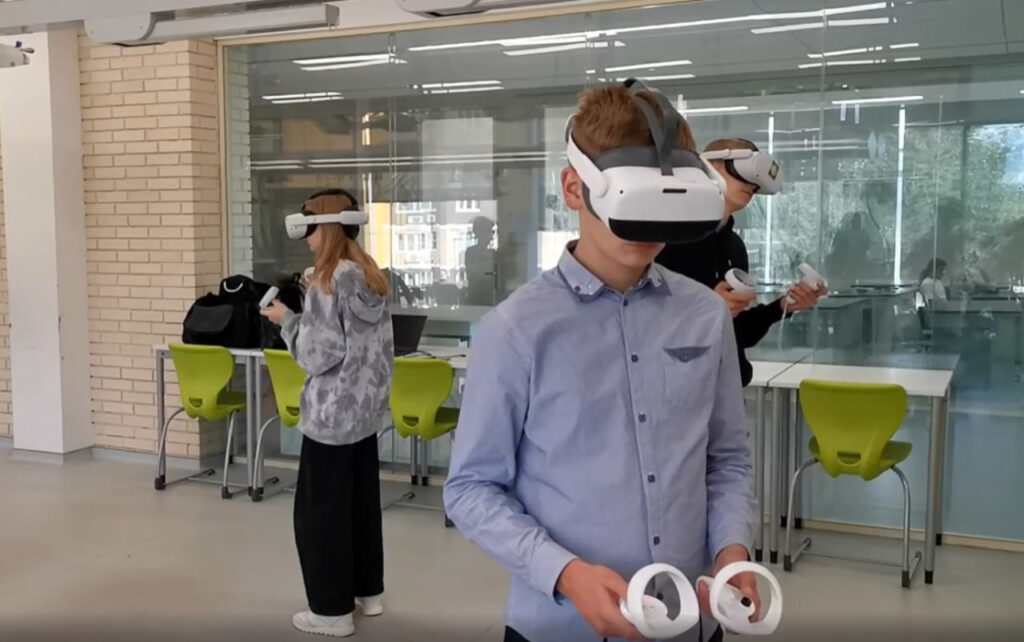

In the dynamic landscape of education, the interaction between students, parents, and teachers forms the cornerstone of the learning process. Each party brings unique expectations and challenges to the table, often leading to misunderstandings and frustration. By understanding these differing perspectives, we can foster better communication and create a more effective and harmonious educational environment.

Teachers are the frontline facilitators of education, dedicated to nurturing young minds. However, their work is often demanding and exhausting. Overloaded with administrative tasks, lesson planning, and classroom management, teachers dream of:
Despite their best efforts, teachers may feel overwhelmed when they perceive a lack of support from parents and disinterest from students.
Parents juggle numerous responsibilities, including work, household duties, and family life. Many parents hope to:
However, this expectation can lead to a disconnect when parents are not actively involved in their child’s learning process, potentially causing friction with teachers.
Children, especially in their formative years, are not always driven by long-term goals. Their immediate interests often include:
When educational environments fail to meet these needs, students may become disengaged, leading to challenges in academic performance.
The ultimate goal of education is to facilitate learning for the student. The way students, parents, and teachers communicate significantly affects not only academic outcomes but also the mental health of the child.
Unfortunately, communication among the three parties often becomes accusatory:
This cycle of blame can create a stressful environment, hindering the student’s ability to learn effectively and damaging relationships.

For more insights, check out our article on Top 5 AI Tools for Teachers to enhance teaching strategies.
Discover ways to inspire your child with technology in our article Inspire Your Child with Technology.

The integration of technology in education offers innovative solutions to bridge the gaps between students, parents, and teachers.

Today’s students belong to the Alpha Generation, born into a world of digital connectivity and advanced technology. To effectively educate and engage them, it’s crucial to understand their unique characteristics and preferences.
Learn more about adapting education to meet their needs in Adapting Education for the Alpha Generation.
Parents play a vital role in nurturing their child’s interest in learning. By embracing technology, parents can:
Discover practical ways to inspire your child in our article Inspire Your Child with Technology.
The educational journey is a collaborative effort between students, parents, and teachers. Recognizing and aligning their differing expectations is key to creating a supportive and effective learning environment.
By fostering open communication, embracing technology, and understanding each other’s perspectives, we can bridge the gaps that hinder educational success. Together, we can empower students to reach their full potential, ensuring that learning is not only effective but also enjoyable.
Education thrives when students, parents, and teachers unite with a shared vision. Let’s collaborate to make learning a fulfilling experience for everyone involved.
Frequently Asked
We prodive VR biology, VR physics, and VR chemistry simulations. Please, check our catalog.
Please, fill the form to get demo labs for free.
Please contact our customer support service at support@xreadylab.com or book a call with the team to find out the conditions and book the VR class set up at your school.
Subscription to XReady Lab interactive VR labs. If you are a school, then you are also given access to the VR classroom system. VR class system helps you easily launch VR lessons for a large number of students, follow the experience of each student, as well as customise the content without developers.
We adhere to the world’s generally accepted recommendations and research. Our products are suitable for children from 12 years old.